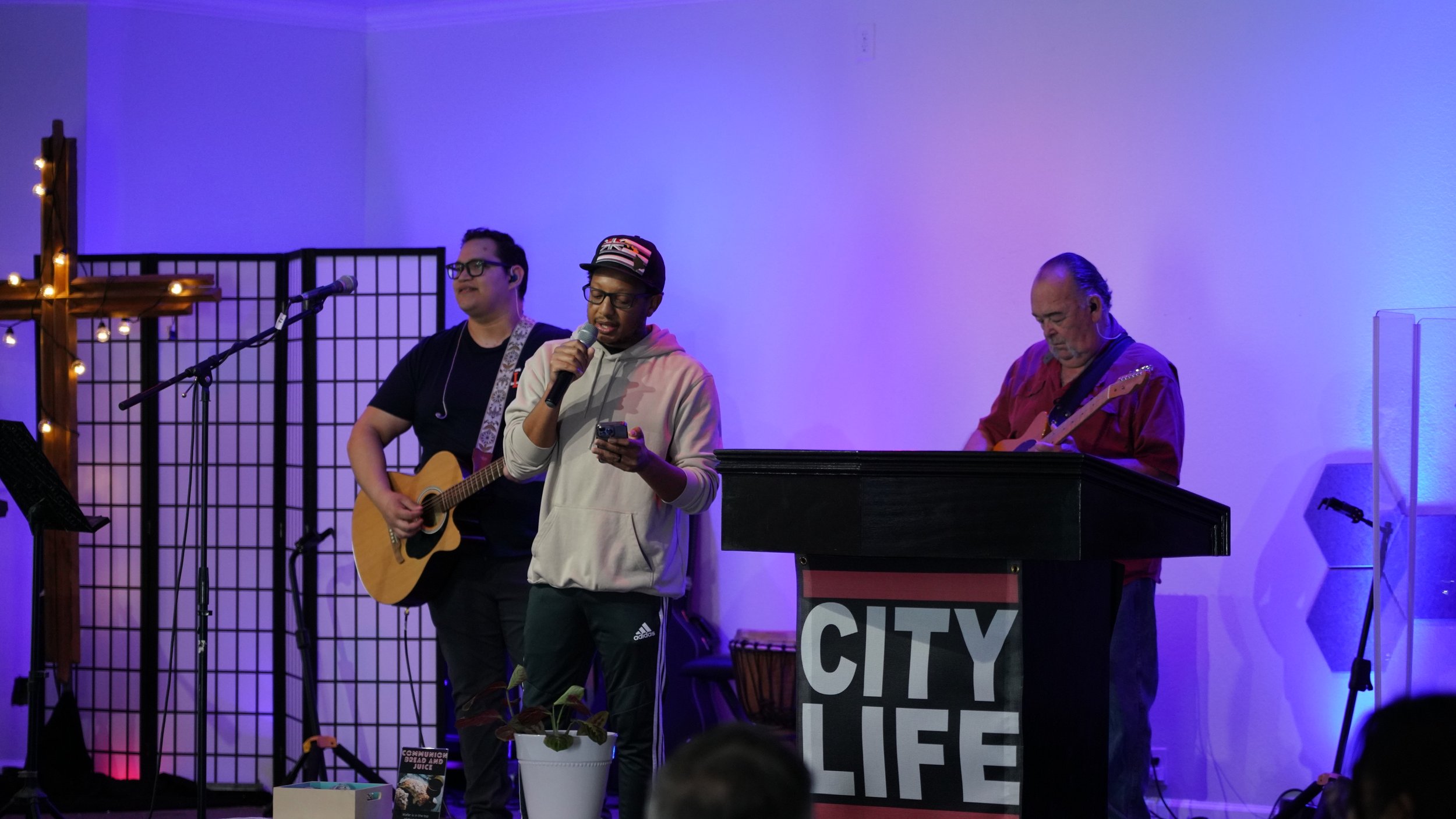
WHY MULTI-ETHNIC?
Reflecting the beauty of San Diego and our world.
MORE ON OUR MISSION PAGE ABOUT MULTI-ETHNIC
The embrace of a multiethnic church isn’t just a modern idea — it’s a biblical vision deeply rooted in the ministry of Jesus and the heart of God. From the beginning, God’s plan was to form a people from every tribe, tongue, and nation (Revelation 7:9). Jesus, a Jewish Messiah, consistently crossed cultural and ethnic lines: He spoke with the Samaritan woman (John 4), healed a Roman centurion’s servant (Luke 7), and praised the faith of a Syrophoenician woman (Mark 7). His actions weren’t random — they were intentional declarations that the Kingdom of God is radically inclusive.
The early church was born multiethnic, with Jews, Greeks, Romans, Ethiopians, and others coming together under one name — Jesus. Paul affirmed this in Galatians 3:28 when he wrote, “There is neither Jew nor Greek, slave nor free, male nor female, for you are all one in Christ Jesus.” Unity in Christ does not mean uniformity, but rather a celebration of diversity under the lordship of Jesus.
When the church reflects the diversity of the Kingdom, it becomes a living testimony of reconciliation, healing, and hope in a divided world. It proclaims that the Gospel breaks down walls, dismantles prejudice, and builds bridges through love. It’s not always easy, but it is holy — and it’s where the Spirit of God moves powerfully.
Akeyi ak onore divèsite etnik nan legliz la se pa yon lide modèn — se yon vizyon biblik ki sòti nan ministè Jezi ak kè Bondye. Depi nan kòmansman, plan Bondye te se pou l mete ansanm yon pèp ki soti nan chak nasyon, lang, ak ras (Revelasyon 7:9). Jezi, ki se Mesi a Jwif la, te toujou depase baryè rasyal ak kiltirèl: li te pale ak fanm Samariten an (Jan 4), li te geri sèvitè yon santuryon Women (Lik 7), epi li te felisite lafwa yon fanm Sirofenis (Mak 7). Sa yo pa t aksidan — se te aksyon ki te montre ke Wayòm Bondye a ouvè pou tout moun.
Legliz la te fèt kòm yon kominote miltietnik, kote Jwif, Grèk, Women, Etyopyen, ak anpil lòt te ini anba yon sèl non: Jezi. Pòl te mete sa klè nan Galat 3:28: “Pa gen ni Jwif, ni Grèk; pa gen ni esklav, ni moun lib; pa gen ni gason, ni fi, paske nou tout se youn nan Jezikri.” Inite nan Kris pa vle di tout moun menm jan, men li vle di tout moun ini nan divèsite pa yo, anba men Jezi.
Lè legliz la reflete divèsite Wayòm Bondye a, li vin tounen yon temwayaj vivan de rekonsilyasyon, gerizon, ak espwa nan yon mond ki divize. Li montre ke Levanjil la kraze baryè, retire prejije, epi bati pon ak lanmou. Sa pa toujou fasil, men li sen, e se la Lespri Bondye a aji avèk fòs.
La aceptación y celebración de una iglesia multiétnica no es una idea moderna — es una visión bíblica profundamente arraigada en el ministerio de Jesús y en el corazón de Dios. Desde el principio, el plan de Dios fue formar un pueblo de toda tribu, lengua y nación (Apocalipsis 7:9). Jesús, el Mesías judío, cruzó intencionalmente barreras culturales y étnicas: habló con la mujer samaritana (Juan 4), sanó al siervo de un centurión romano (Lucas 7), y elogió la fe de una mujer sirofenicia (Marcos 7). Estas acciones no fueron casuales — fueron declaraciones claras de que el Reino de Dios es radicalmente inclusivo.
La iglesia primitiva nació siendo multiétnica, con judíos, griegos, romanos, etíopes y muchos más uniéndose bajo un solo nombre: Jesús. Pablo afirmó esto en Gálatas 3:28 cuando escribió: “Ya no hay judío ni griego, esclavo ni libre, hombre ni mujer, sino que todos ustedes son uno solo en Cristo Jesús.” La unidad en Cristo no significa uniformidad, sino una celebración de la diversidad bajo el señorío de Jesús.
Cuando la iglesia refleja la diversidad del Reino, se convierte en un testimonio vivo de reconciliación, sanidad y esperanza en un mundo dividido. Proclama que el Evangelio derriba muros, desmantela prejuicios y construye puentes a través del amor. No siempre es fácil, pero sí es santo — y ahí es donde el Espíritu de Dios se mueve con poder.

